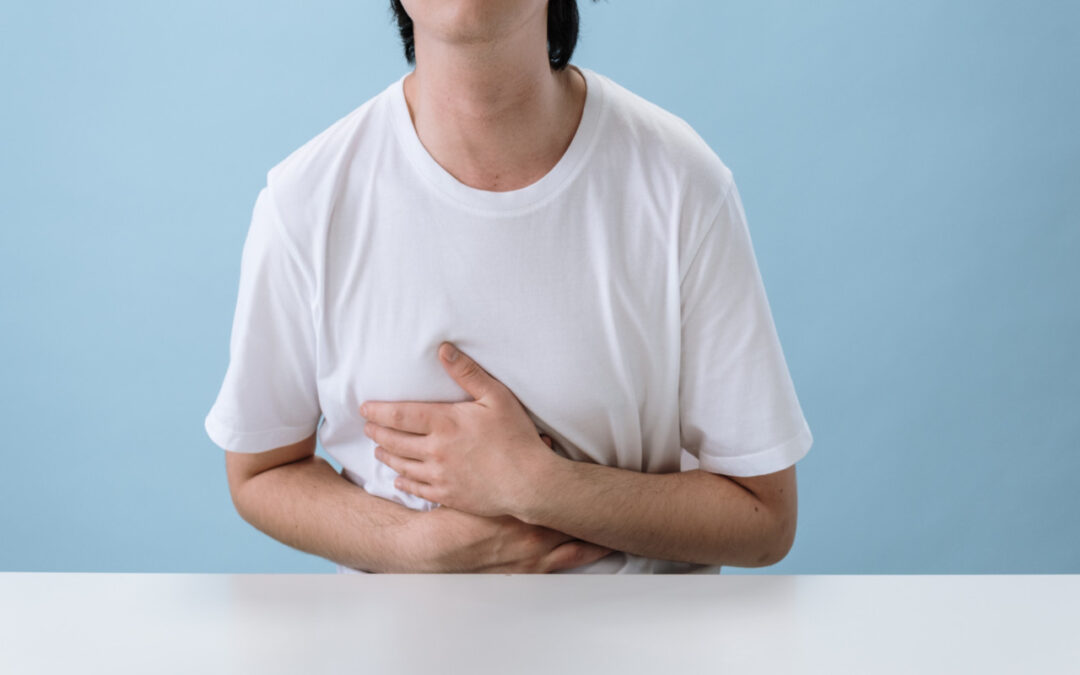Diverticula are small pouches in the lining of the intestines that protrude through the muscle of the intestinal wall. These pouches produce no pain or other symptoms unless they become inflamed or infected. When a diverticular pocket and the surrounding tissue become inflamed, the condition is called diverticulitis. Diverticulitis is caused when undigested food or fecal matter lodges in the pouch, which irritates. This compromises blood flow to this area which makes the area susceptible to an invasion by bacteria. This hampers the bowel’s ability to remove waste which leads to constipation, diarrhea, and cramping.
Studies have shown that diverticulitis can run in families, but it is most common among the elderly, whose intestinal lining starts to weaken. Researchers have also found that diet plays an important role as people who eat a low fiber diet are at an increased risk of developing the condition. Fiber is the key to controlling this disorder. During an attack of diverticulitis, a health care provider may recommend a low fiber diet until the condition is under control. Water is also important, and a minimum of eight 8 ounce glasses of quality water daily should be consumed. Herbal tea, broth, and fresh juices are also beneficial. Liquid helps to prevent toxic waste buildup, which leads to inflammation.
Once suspected, the diagnosis of diverticular disease can be confirmed by a series of tests. Barium X-rays can be performed to visualize the colon. Diverticula are seen as barium-filled pouches protruding from the colon wall. Direct visualization of the intestine can be done with flexible tubes inserted through the rectum and advanced into the colon. Either short tubes called sigmoidoscopes, or longer tubes, called colonoscopes, may be used to assist in the diagnosis and to exclude other diseases that may mimic diverticular disease. In patients suspected of having diverticular abscesses causing persistent pain and fever, ultrasound and CT scan examinations of the abdomen and pelvis can be done to detect collections of pus fluid.
Many patients with diverticulosis have minimal or no symptoms and do not require any specific treatment. A high fiber diet and fiber supplements are advisable to prevent constipation and the formation of more diverticula. Patients with mild symptoms of bloating or abdominal pain may benefit from anti-spasmodic drugs. Some doctors also recommend the avoidance of corn, nuts, and seeds to prevent complications of diverticulosis. It remains uncertain as to whether these diet restrictions are beneficial or not.
Diverticulitis that does not respond to either medical or alternative treatment requires surgical intervention. Surgery usually involves drainage of any collections of pus and resection of that segment of the colon containing the diverticula, usually the sigmoid colon. Surgical removal of the bleeding diverticula is necessary for those with persistent bleeding. In patients needing surgery to stop persistent bleeding, exact localization becomes crucial to guide the surgeon. Diverticula can sometimes erode into the adjacent bladder, causing several recurrent urine infections and passage of gas during urination. This is another situation that would require surgery.


